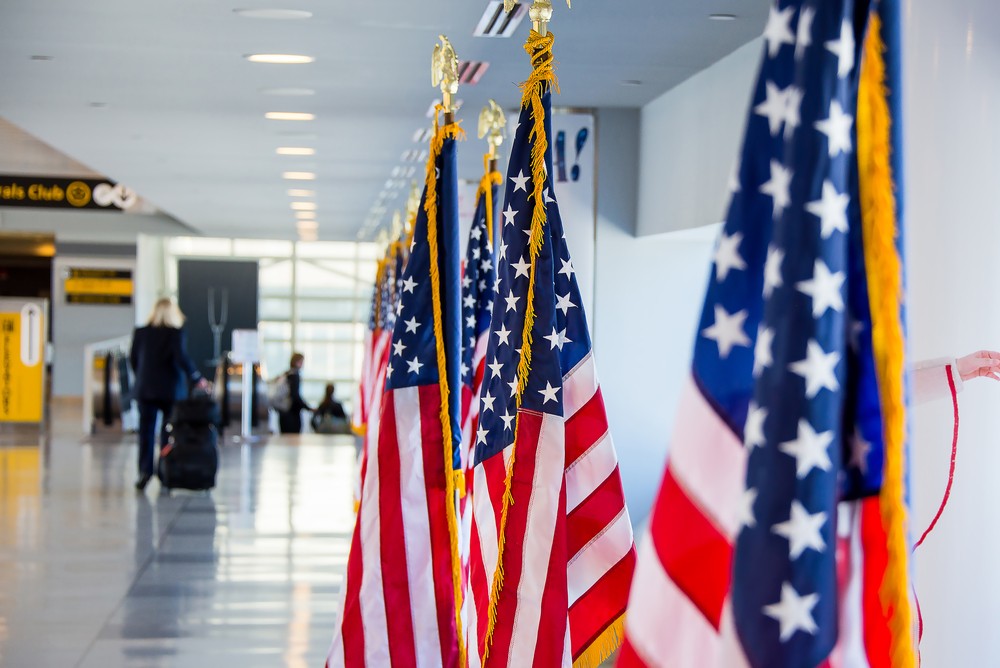Key Takeaways
• A government shutdown happens when Congress fails to fund federal agencies by October 1.
• Essential services like national defense and Social Security keep running.
• Most federal workers face furloughs or unpaid work during a shutdown.
• Services like parks, courts, and immigration courts may slow or close.
• Shutdown ends when lawmakers pass funding bills or a stopgap measure.
A government shutdown starts when lawmakers miss the funding deadline. Without money, most federal agencies must pause operations. However, some critical services still run. The president decides which activities stay open. That can change how a shutdown affects you.
How the Government Shutdown Works
A government shutdown cuts off money for federal programs. Only “essential” tasks keep going. Those include preserving life, protecting property, and national defense. Other work stops until Congress approves funding again. During past shutdowns, agencies posted plans online. This time, many plans are hidden on agency websites. As a result, it’s hard to know which services will stay open.
Which Services Continue
The president picks which government functions are essential. Typically, these include:
• Military operations and national defense
• Social Security and Medicare payments
• Air traffic control and TSA screening
• Border security and immigration enforcement
At the same time, nonessential tasks face delays. Visa processing, court hearings, and park maintenance could pause. Some agencies plan layoffs if a shutdown drags on. In short, a shutdown can ripple through every service.
Impact on Federal Workers
More than two million civilian employees work for the federal government. In a shutdown, most become furloughed or must work without pay. Furloughed workers cannot do any duties until funding resumes. Workers deemed essential keep working but wait for pay. After the shutdown, lawmakers must grant back pay to furloughed staff. Yet contractors often miss out on this benefit.
Effects on Key Programs
Social Security and Medicare
Social Security checks arrive on time. That’s because Congress set up dedicated funding. Medicare and Medicaid reimbursements continue too. Yet staffing at these agencies can drop. Fewer employees may process claims and answer calls.
Department of Veterans Affairs
VA hospitals and clinics stay open during a shutdown. Veterans keep getting medical care and benefits. However, hotlines and career counseling shut down. Regional VA offices close until funding returns. This interruption may frustrate veterans needing support.
Federal Courts
The Supreme Court uses permanent funds to stay open. Lower courts rely on existing fee balances. They can keep working as long as those funds last. If balances run out, courts handle only cases tied to constitutional powers. Judges continue receiving pay, but court staff may face furloughs.
Immigration Enforcement and Courts
Border patrol and detention operations stay active. Most ICE agents work without pay until funding resumes. But immigration courts may cancel or reschedule cases. A backlog of millions of cases could worsen. Immigrants might travel far for delayed hearings once courts reopen.
National Parks and Public Lands
Parks often stay open during a shutdown, but without full staff. Trash can pile up and maintenance stops. Visitors might risk unsafe conditions. Some park areas could lock gates or close facilities. For hunters and anglers, campgrounds and restrooms may shutter. Yet most public lands remain accessible without permits.
Internal Revenue Service
The IRS planned to use special funds to keep up during filing season. This time, its status is unclear. The agency lost workers and changed leaders multiple times this year. That may slow tax return processing and customer support if a shutdown starts.
How Congress Can End the Shutdown
Lawmakers must pass a stopgap spending bill or full-year appropriations. In the Senate, 60 votes are needed to overcome a filibuster. Leaders control the schedule and decide when to vote. They could also pass bills for individual agencies. Until they act, agencies stay in shutdown mode. Members of Congress keep their pay, but their staff face furloughs. Once a funding bill reaches the president’s desk, it ends the shutdown.
What Happens Next
In the weeks ahead, watch for updates on agency websites. Some departments will share detailed shutdown plans. Others may stay silent, causing confusion. If you rely on federal services, plan for delays. Keep copies of important documents and check official announcements. Ultimately, a government shutdown ends when lawmakers and the president agree on funding. Until then, essential services run, but nonessential ones face uncertainty.
Frequently Asked Questions
What defines an essential service during a shutdown?
Essential services protect life, property, or national security. The president decides which operations stay open. Agencies then classify employees as exempt or furloughed.
Will federal employees get paid after a shutdown?
Yes. Furloughed workers receive back pay once funding resumes. This rule does not cover private contractors, who often face pay delays.
Can I still visit national parks?
Probably. Parks usually stay open but with minimal staff. Some areas and facilities may close. Expect fewer maintenance services and possible safety risks.
How long can a government shutdown last?
A shutdown can last days or weeks. The longest one went on for 35 days. Its duration depends on how quickly Congress passes funding bills.

